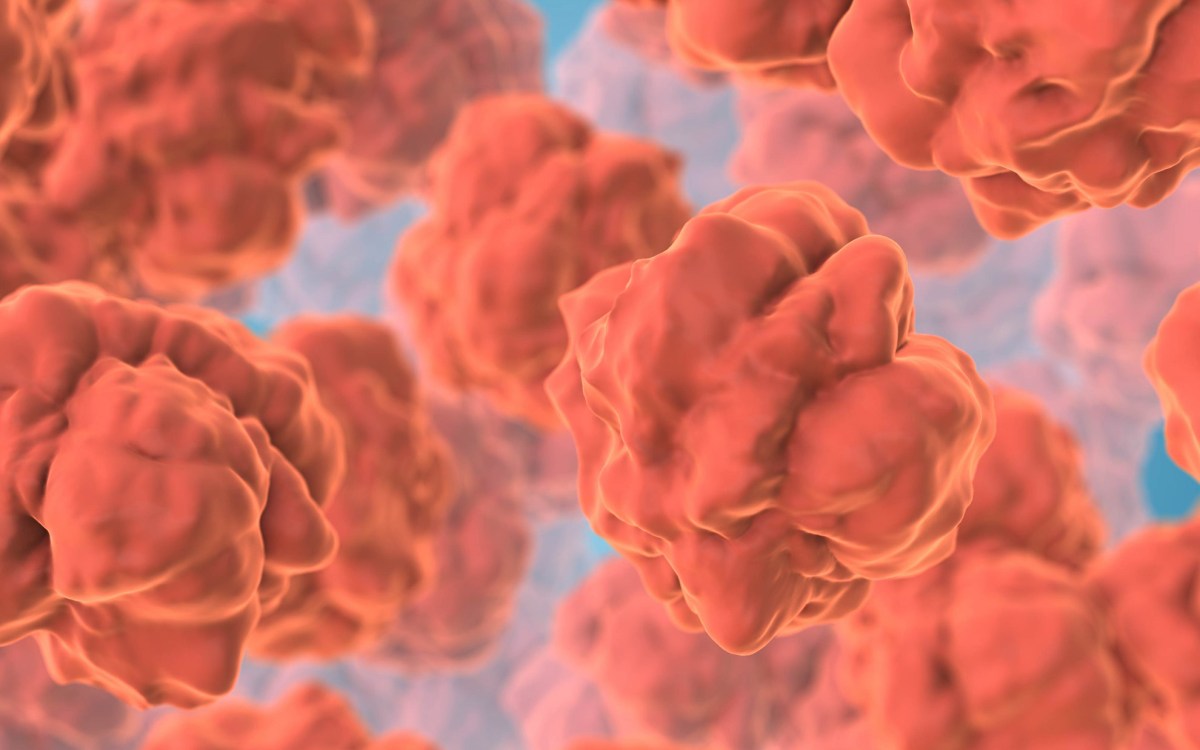Youngest girls spirited to brothels show highest HIV rates
HSPH study examines Nepal-India sex trade victims
Girls forced into the Indian sex trade at age 14 or younger show significantly higher rates of HIV infection than older girls and women similarly forced into prostitution, according to a new study that highlights for the first time the increased HIV risks faced by sex trafficked Nepalese girls and women.
The study showed that 60 percent of girls forced into the Indian sex trade when they were as young as age 7 were infected with HIV — the virus that causes AIDS. That compared with relatively lower rates for older teens aged 15 to 17, 40 percent of whom were infected with HIV, and women, age 18 to 32, 31 percent of whom were infected with HIV.
The study examined the medical records and case histories of 287 women survivors of the sex trade who were repatriated to Nepal and received care from the nonprofit organization Maiti Nepal between January 1997 and December 2005.
The work also highlighted the trade in forced sex workers as a route for transmission of HIV from India, which has the third-largest HIV-positive population in the world, behind only South Africa and Nigeria, to Nepal, which has relatively low rates, but whose HIV prevalence has been increasing.
The research was conducted by Jay Silverman, associate professor of society, human development, and health at the Harvard School of Public Health (HSPH), along with Michele Decker and Jhumka Gupta of HSPH; Ayonija Maheshwari from the University of California, San Francisco; Anita Raj from Boston University; and Brian Willis from the nonprofit anti-sex-trafficking network ECPAT International. It was published in the Aug.1 issue of the Journal of the American Medical Association.
The study also showed that the chances of HIV infection increased with the length of time in forced prostitution and also with being trafficked to the city of Mumbai. Girls trafficked before the age of 15 also had a higher chance of being held in multiple brothels and being held in brothels for more than a year, compared with women age 18 or older.
“HIV infection has been seen as perhaps the most critical health consequence of sex trafficking, but sex-trafficked girls and women are rarely studied, leaving prevalence of HIV and other health issues among this highly vulnerable population little understood,” Silverman said. “This study sheds new light on infection rates among a sex-trafficked population and exposes both the tragic existence of the youngest victims and the dire health consequences of this crime.”
International human rights organizations have estimated that between 5,000 and 7,000 Nepalese girls and women are forced into the Indian sex trade each year. They are brought to Indian brothels by a variety of means. Some are drugged or kidnapped while others are lured with promises of jobs as domestic or restaurant workers, tricked into crossing the border with stories of visits to family, social or religious events, or with false promises of marriage.
The review of the study subjects’ cases showed that less than half were trafficked by strangers. The rest were forced into the sex trade by friends, acquaintances, family members, and even by husbands and boyfriends.
Thirty-three of the 287 subjects were 14 or younger when they were forced into the sex trade. Young girls are desirable in India because customers want sex with virgins, who they believe are HIV-free and because of the mistaken belief that sex with virgins can cure HIV and other sexually transmitted diseases.
Those involved in the trade make more money by trafficking younger girls, with the trafficker getting a higher fee — more than twice as high as for older women — and the brothel owner able to charge higher rates to customers.
The study’s authors attributed higher rates of infection among young girls to a variety of reasons, including internal trauma to the girls’ immature sex organs that facilitates HIV transmission, ignorance of the protective benefits of condom use, and a lower ability to negotiate condom use with customers.
The forced trafficking of girls and women from Nepal to India is just a fraction of the region’s problem in this area. About 150,000 girls and women are trafficked each year in South Asia, with India the main destination. Globally, an estimated 600,000 to 800,000 are trafficked each year, according to the report on the study’s results.
Decker, a doctoral student at HSPH and manager of Silverman’s Sex Trafficking and Health Consequences in India, Nepal, and Bangladesh Project, said that though the problem of sex trafficking has gotten a lot of media attention, there are very little data about its health consequences. Decker said the study’s most surprising result was the increased risk of infection for young girls and the relatively brief time in the trade needed for infection.
“We were surprised to see such high rates of HIV infection among very young girls. But in terms of prevention, the reality is that male clients are continuing to seek out and pay more for these very young girls. We need to engage these men in order to really make progress in prevention,” Decker said.
Decker said that the study shows that specific programs need to be aimed at preventing sex trafficking for the young girls who continue to be lured into sexual slavery. It also shows that interventions should be aimed at the male customers in order to dispel damaging myths and decrease demand for sex with young girls.





